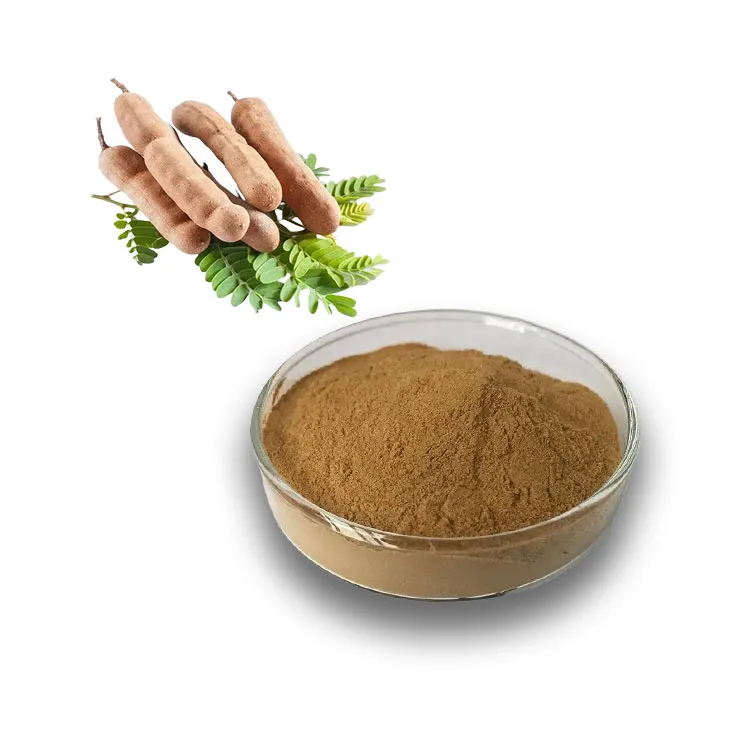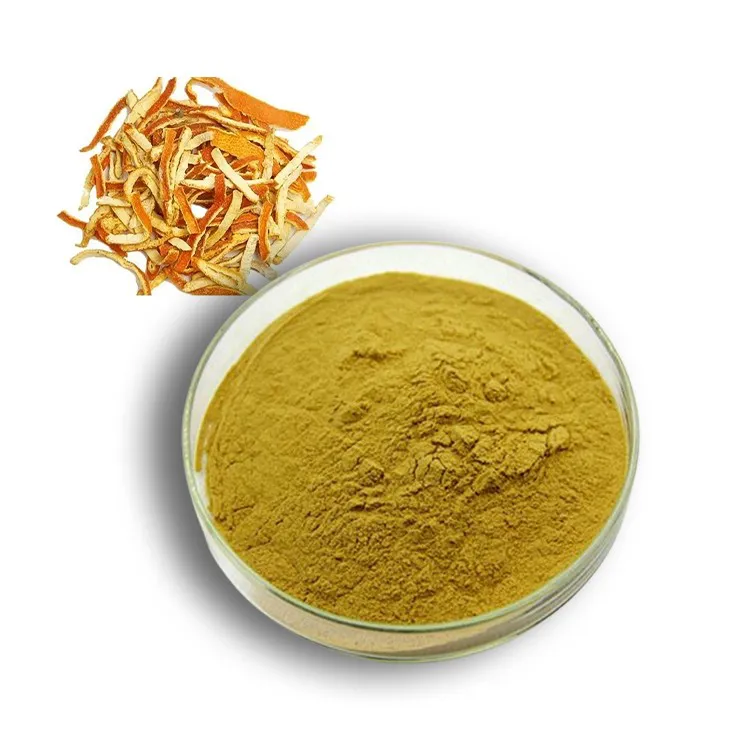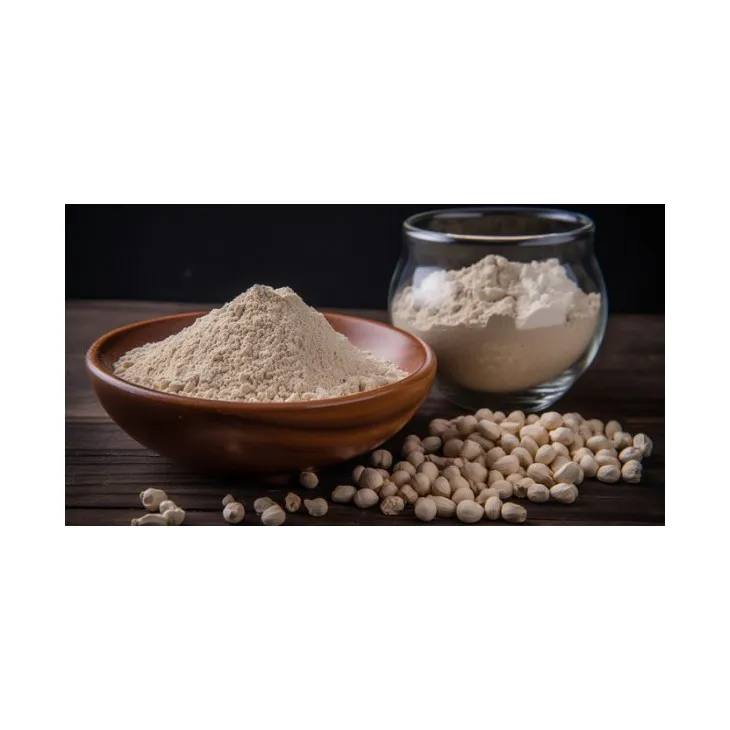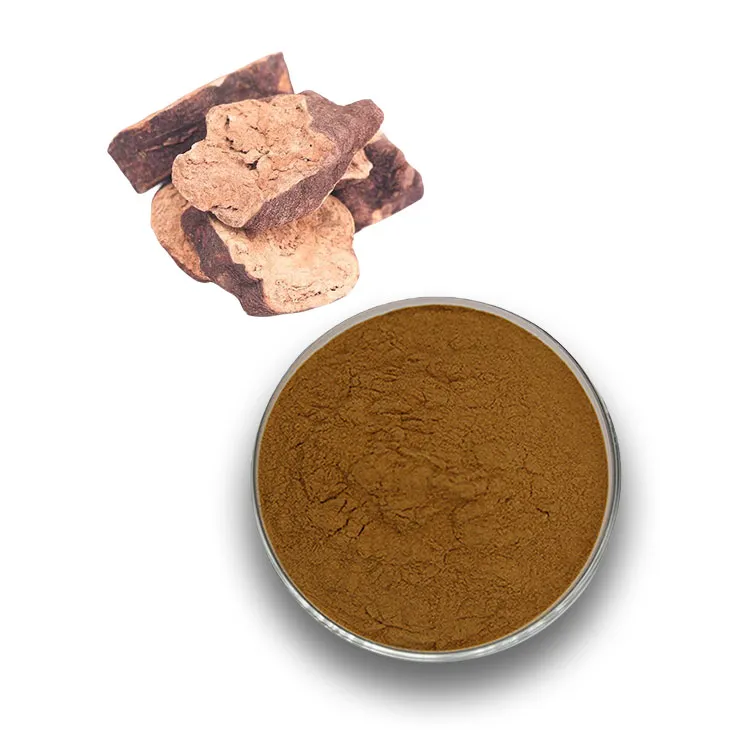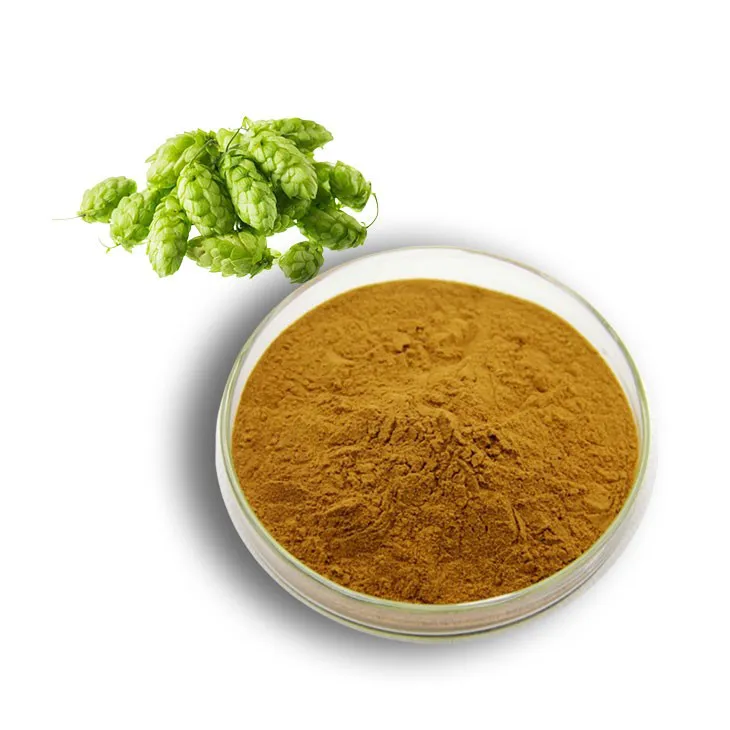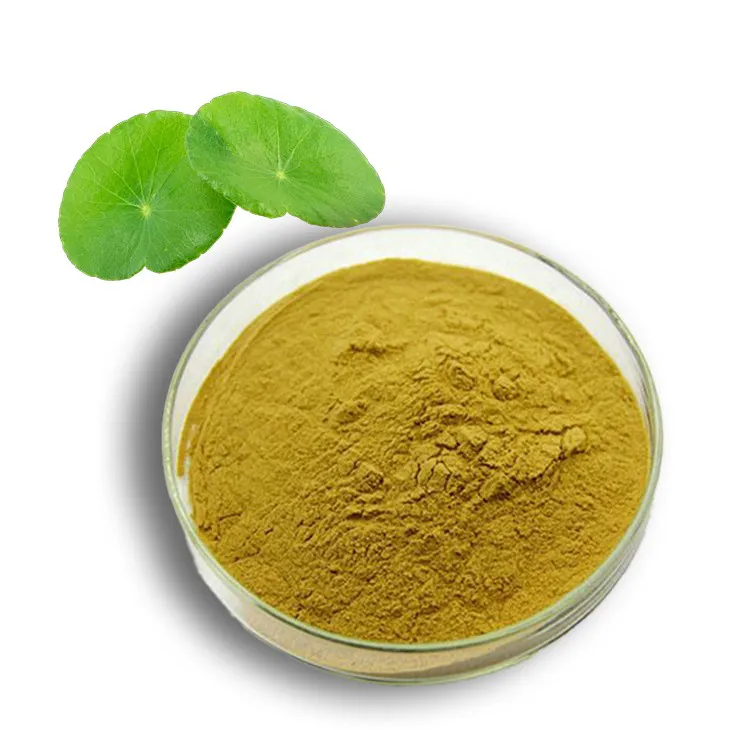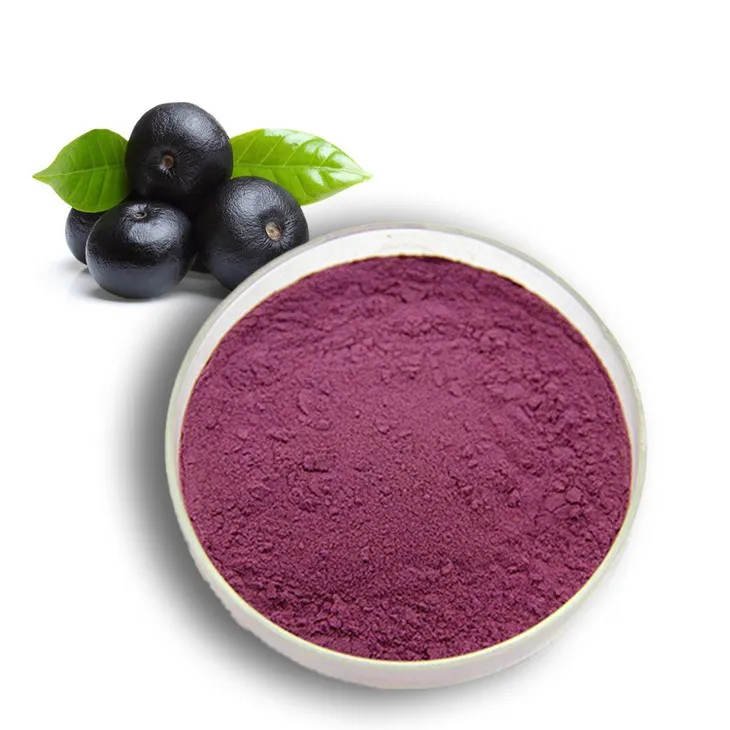- 0086-571-85302990
- sales@greenskybio.com
Boiling Grapes: Culinary Techniques, Nutritional Changes, and Practical Applications
2025-09-27
Grapes are versatile fruits cherished for their delightful sweetness, juiciness, and nutritional benefits. While they are typically consumed fresh, grapes can also be cooked, leading to intriguing culinary applications that enhance flavors and textures. Boiling grapes, albeit less conventional, is an intriguing method with distinct effects on their nutritional content and culinary uses. This article explores the implications of boiling grapes, highlights their nutritional changes, and offers creative ways to incorporate boiled grapes into culinary creations.
The Science Behind Boiling Grapes
Boiling is a cooking method where food is immersed in hot water at or near 100 degrees Celsius. This process can alter the food's physical structure, nutritional composition, and flavor profile. When grapes are boiled, several changes occur:
Texture Transformation: The heat softens the grape's skin and pulp, breaking down cellulose and other structural components. This can create a softer and more palatable texture suited for various recipes, although some grape varieties may respond differently depending on their firmness.
Flavor Concentration: Boiling causes water within the grape to evaporate, potentially concentrating sugars and aromas. The flavors may deepen, offering a more robust taste profile. However, excessive boiling might lead to a loss of aromatic compounds, resulting in diminished flavor nuances.
Nutritional Modifications: The heat can impact specific nutrients. Water-soluble vitamins like vitamin C may degrade, while certain phytochemicals might become more bioavailable due to the breakdown of plant cell walls. Boiling can also leach out minerals and soluble fibers into the water, necessitating the mindful use of cooking liquid to retain nutrients.
Nutritional Impact of Boiling Grapes
Boiling grapes influences their nutritional content, which raises considerations for those seeking to retain their health benefits:
Antioxidant Properties: Grapes are rich in antioxidants like resveratrol and flavonoids, which confer health benefits such as reduced inflammation and improved heart health. While cooking can diminish some antioxidants, light boiling may not drastically affect resveratrol levels due to its heat stability, contrasting with more sensitive antioxidants.
Vitamin Content: Water-soluble vitamins, including vitamin C, are susceptible to heat degradation and leaching, potentially resulting in decreased levels. This underscores the importance of minimal boiling times or consuming the cooking water, such as in reductions or sauces, to maintain vitamin intake.
Dietary Fiber: Fiber content remains largely intact, promoting digestive health. Although prolonged boiling breaks down insoluble fibers, making them softer, these transformations might enhance the digestibility of cooked grapes.
Culinary Applications of Boiled Grapes
While fresh grapes are often preferred, boiling them opens up new culinary avenues, allowing for creative and innovative applications:
Compotes and Sauces: Boiled grapes can be transformed into compotes or sauces, ideal for pairing with roasted meats, poultry, or cheese platters. The combination of sweetness and tartness complements various savory dishes, enhancing umami and adding balance.
Jams and Preserves: Cooking grapes with sugar creates delectable jams and preserves, perfect as spreads or fillings for baked goods. The boiling process thickens the mixture by breaking down pectins, essential for achieving the desired gel-like consistency.
Beverages and Cocktails: The intense flavors extracted from boiling grapes can serve as bases for refreshing beverages. Reducing the boiled grapes with sweeteners and spices yields syrups employed in cocktails, mocktails, or homemade sodas.
Desserts and Baked Foods: Boiled grapes can be incorporated into desserts like tarts, pies, or chutneys, adding moisture and rich flavors. Their sweetness pairs wonderfully with complementary spices such as cinnamon, ginger, and vanilla.
Practical Tips for Boiling Grapes
To achieve the best outcomes when boiling grapes, consider the following tips:
Select the Right Varieties: Seedless table grapes such as Thompson seedless or Red Globe work well due to their juiciness and sweetness. For deeper flavors, Concord grapes or other bold varietals are excellent choices.
Monitor Cooking Time: Boil grapes only long enough to soften them and release flavors. Overboiling can lead to nutrient loss and excessive breakdown of textures, so aim for a gentle simmer rather than a rapid boil.
Utilize Cooking Liquids: Preserve the cooking water, which contains leached nutrients, for reducing into syrups, bases for sauces, or infusing into teas, ensuring minimal waste and retained nutritional benefits.
Add Aromatics: Introducing herbs, spices, or citrus zest during boiling adds an extra layer of flavor complexity, enhancing culinary versatility.
Conclusion
Boiling grapes offers a unique approach to processing this popular fruit, marrying culinary innovation with traditional cooking methods. While the heat may alter some nutritional aspects, careful preparation preserves the grape's intrinsic health benefits while diversifying its culinary potential. From sauces and spreads to beverages and desserts, boiled grapes invite creativity, encouraging experimentation in the kitchen. By understanding how boiling affects grapes, chefs, home cooks, and culinary enthusiasts can glean the best of both worlds, embracing a multi-dimensional ingredient ready to enhance a wide array of dishes.
- ▶ Hesperidin
- ▶ Citrus Bioflavonoids
- ▶ Plant Extract
- ▶ lycopene
- ▶ Diosmin
- ▶ Grape seed extract
- ▶ Sea buckthorn Juice Powder
- ▶ Fruit Juice Powder
- ▶ Hops Extract
- ▶ Artichoke Extract
- ▶ Mushroom extract
- ▶ Astaxanthin
- ▶ Green Tea Extract
- ▶ Curcumin
- ▶ Horse Chestnut Extract
- ▶ Other Product
- ▶ Boswellia Serrata Extract
- ▶ Resveratrol
- ▶ Marigold Extract
- ▶ Grape Leaf Extract
- ▶ New Product
- ▶ Aminolevulinic acid
- ▶ Cranberry Extract
- ▶ Red Yeast Rice
- ▶ Red Wine Extract
-
Resveratrol extract
2025-09-27
-
Tamarind extract powder
2025-09-27
-
Hesperidin
2025-09-27
-
Fenugreek Extract Powder
2025-09-27
-
Coix Seed Extract
2025-09-27
-
Polygonum multiflorum extract
2025-09-27
-
Medicinal Marshmallow Extract
2025-09-27
-
Hops Extract
2025-09-27
-
Centella Asiatica Extract
2025-09-27
-
Acai Berry Extract
2025-09-27












